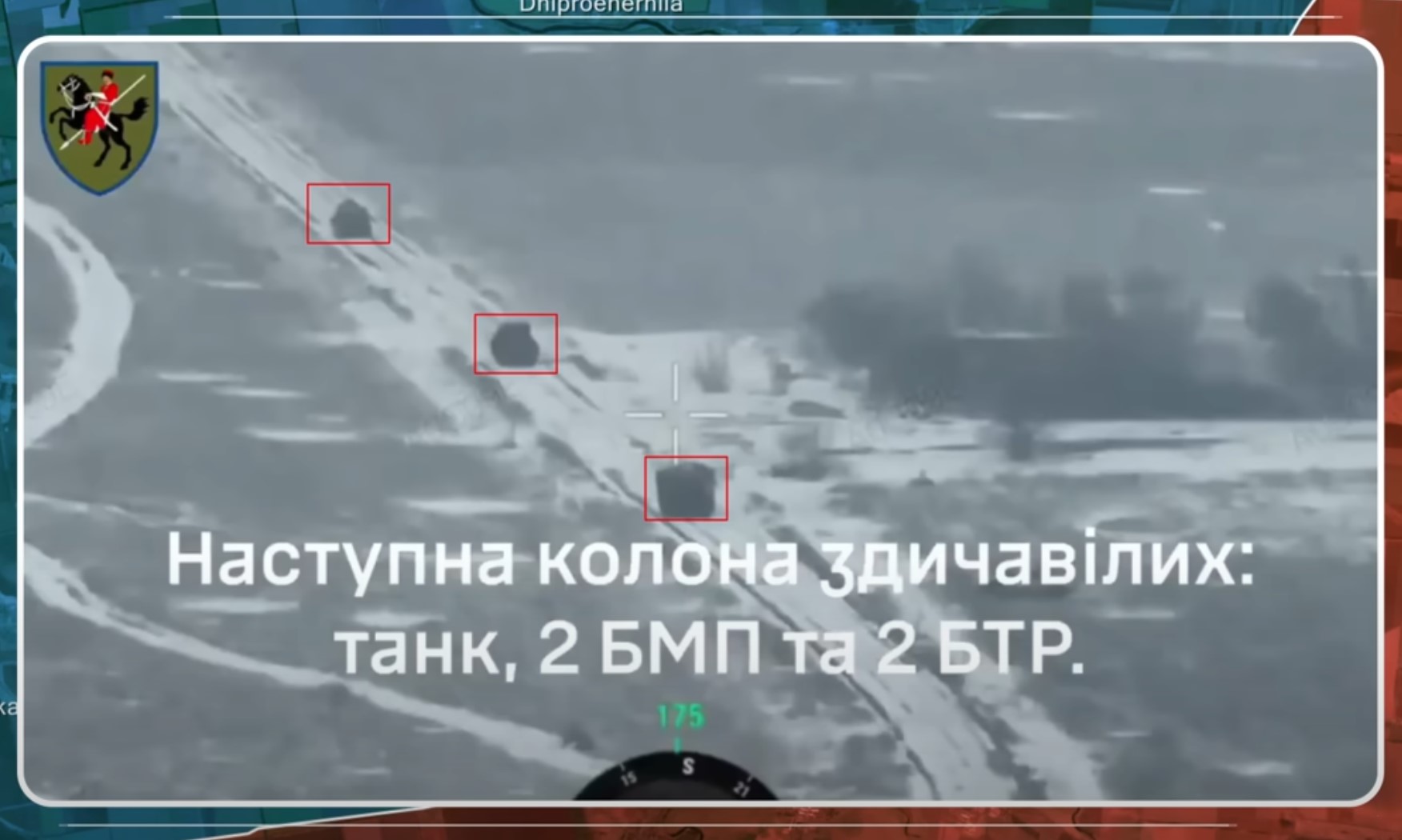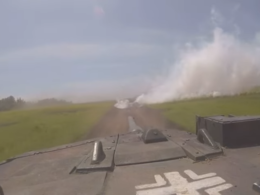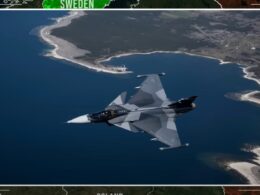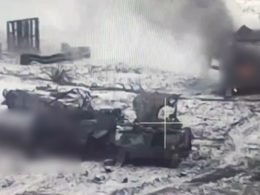Today, the biggest news comes from the Velyka Novosilka direction.
With their offensive in Pokrovsk stalling, Russian forces needed a new way to project strength and maintain the theater-wide momentum. They turned to Velyka Novosilka and launched massive assaults to shift attention away from their failing efforts in the north. However, as wave after wave of armor and infantry pushed forward, it quickly became apparent that this diversion would come at a devastating cost.
The goal of the Russian forces in this area is to distract public attention from the stagnating Pokrovsk offensive by intensifying their offensive efforts north of Velyka Novosilka. This is because the Russians need to project strength on the geopolitical stage by keeping up the appearance of constant advances, while militarily, they cannot afford to give Ukrainians any more breathing room to recuperate from the year-long battles.
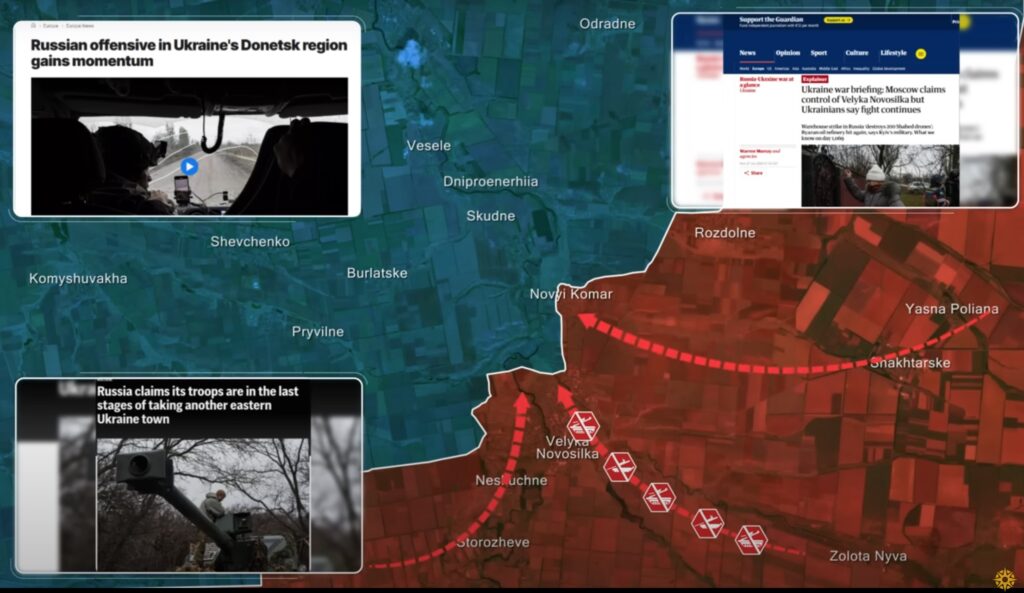
To achieve this, Russians conducted intense mechanized assaults to secure more of the Mokri Yaly River and eventually cross it. By ensuring these positions, Russians would have a staging ground to assault the dense Ukrainian network of fortifications north of the river. As these positions greatly assist Ukrainians in striking Russian logistics at Velyka Novosilka, pushing the Ukrainians back would greatly help the Russians turn Velyka Novosilka into a forward base of operations for future advances.
Ukrainians expose the flaws in Russia’s assault strategy
The main advantage of the Russian forces in this area is that the frozen ground allowed Russian armor to advance across open fields and not be restricted to roads densely covered by Ukrainian landmines. This enhanced freedom of movement meant that Russians could spread out and attack several Ukrainian strongholds simultaneously, overwhelming Ukrainian positions, which were already in a vulnerable position being spread out so far from the main line.
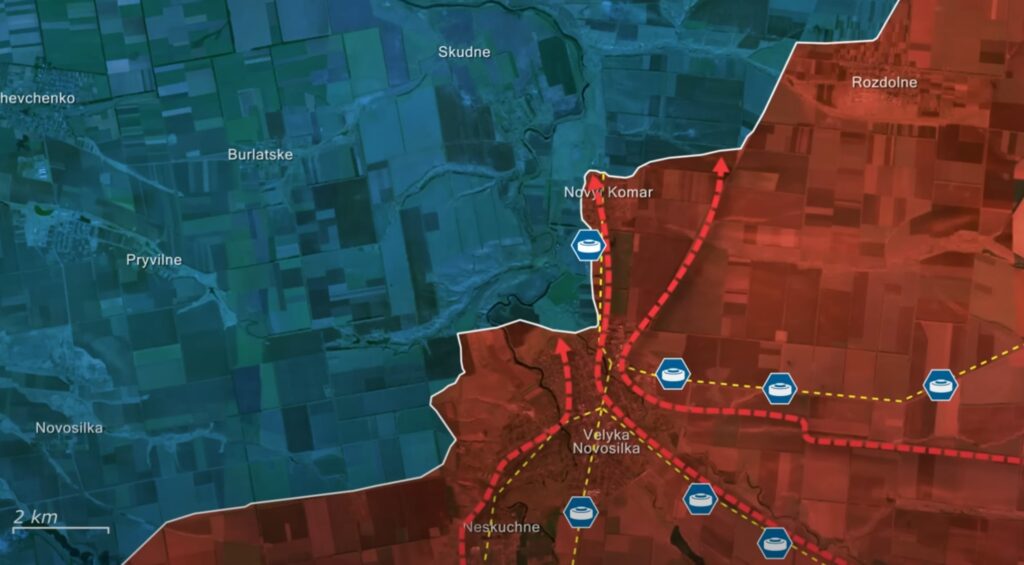
However, Russian forces still suffer from severe disadvantages. Continued Ukrainian drone and artillery strikes on Velyka Novosilka effectively prevent Russians from using it to launch their attacks. This means that Russians must rely on hubs located much further away, such as Prechystivka or Vuhledar, which are located over 20 to 30 kilometers from the front. This extended road also lacked significant cover, allowing Ukrainian drone reconnaissance units to detect the Russian assaults already on the approaches, communicating coordinates to the artillery in advance.
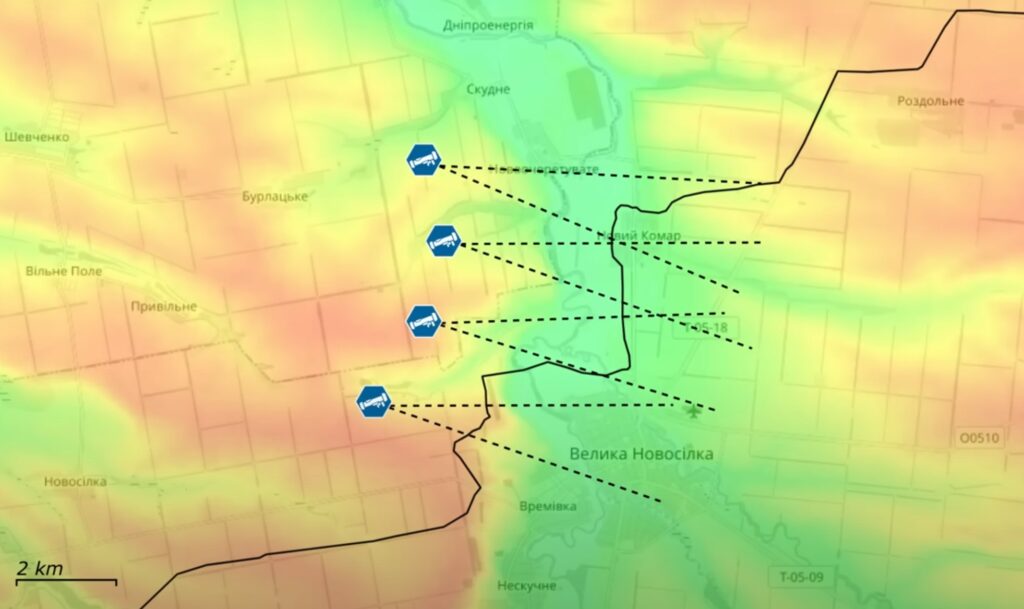
Additionally, if we look at the topographic map, we can see that Ukrainian positions on the western bank of the river would be able to effectively observe and target Russian assault groups with Javelin anti-tank guided missiles. Combat footage from the area reveals the movement of a column of eight Russian armored vehicles initially advancing along the road. The lead tank struck several remotely placed landmines, halting the column and exposing the vulnerable armored personnel carriers to kamikaze drone strikes.
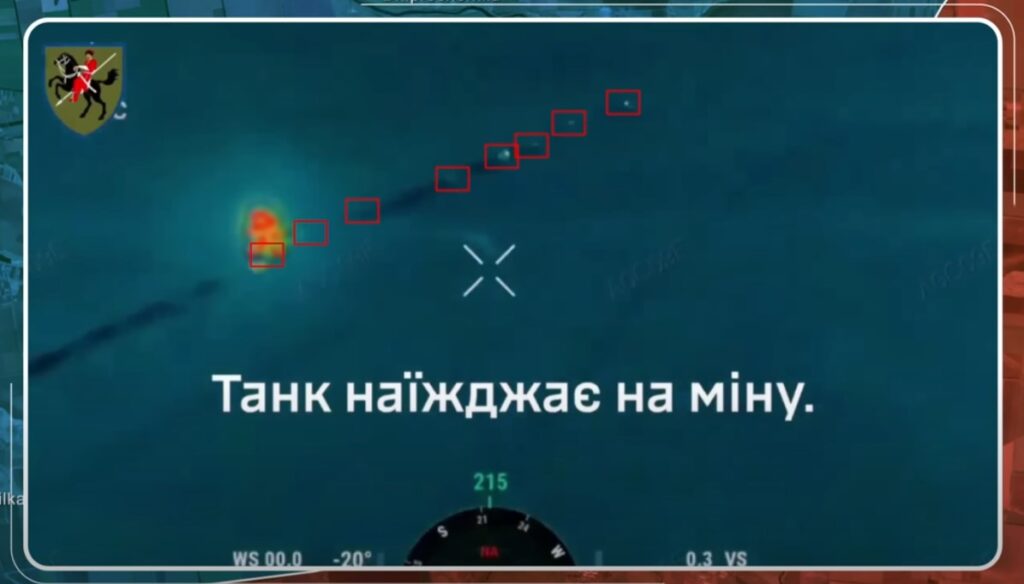
Russia’s offensive runs out of steam
As a result, the Russian vehicles prematurely dismounted their infantry out of fear of being struck, leaving them to attack independently without fire support. The dismounted Russian infantry then made it across the frozen river, moving towards Ukrainian trenches as they were promptly targeted by cluster munitions, eliminating most of them before they reached the position, as FPV drones and small arms fire cleared out the rest.
Trending Now
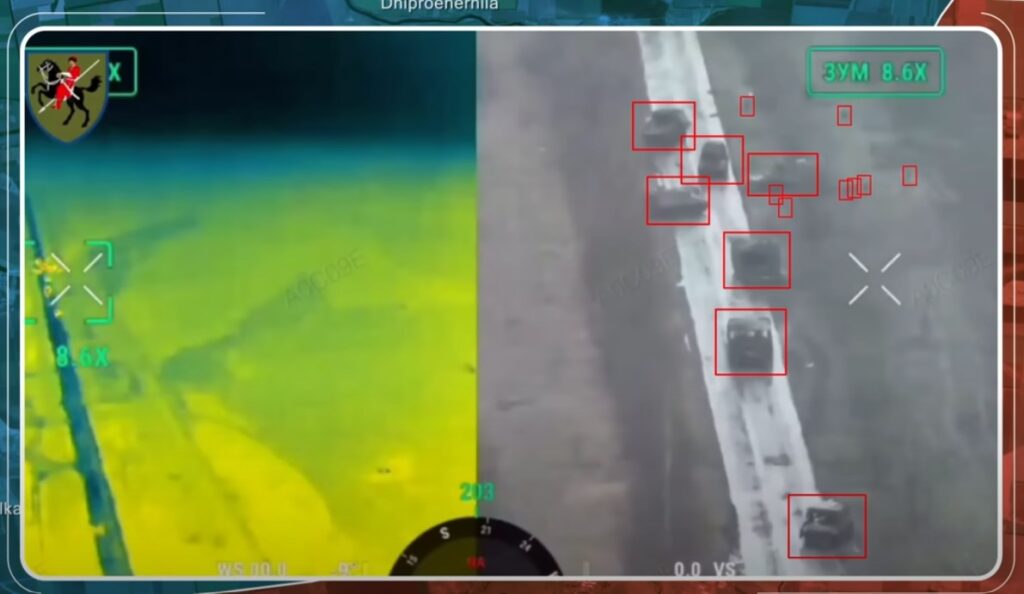
The next Russian mechanized assault was also spotted in advance, heading to a Ukrainian position further to the north. As the armored vehicles quickly dismounted their infantry and pulled back to avoid destruction, the Russian infantry came under intense mortar and artillery fire, shredding through the unarmored group in the small tree line.
As the weather cleared up, the next Russian armored column was detected even before they entered Velyka Novosilka, approaching the Ukrainian fortifications. A Javelin hit the lead tank from across the river as the armored personnel carriers deployed their soldiers to the trenches before retreating as fast as possible.
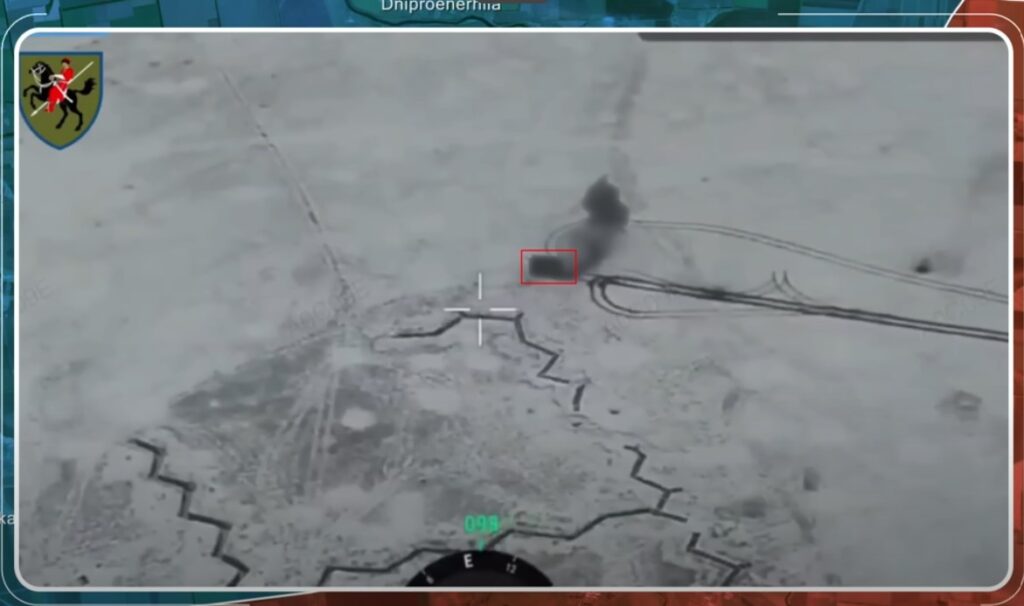
Overall, in their desperation to maintain their pace of advance after the slowdown at Pokrovsk, Russians suffered heavy vehicle losses only to make meager territorial gains. The loss of these positions is also not significant, as Russians are now approaching the much stronger Ukrainian defensive line atop the hills behind the river. With the Ukrainians continuing to deny the Russians a swift advance north of Velyka Novosilka, Russians must find a new way to continue their momentum in the war.
In our regular frontline report, we pair up with the military blogger Reporting from Ukraine to keep you informed about what is happening on the battlefield in the Russo-Ukrainian war.

